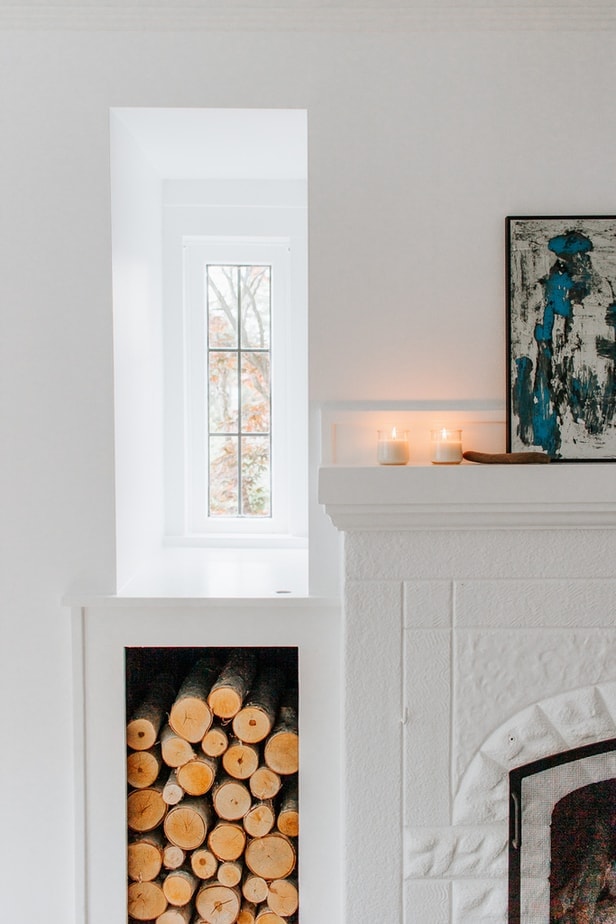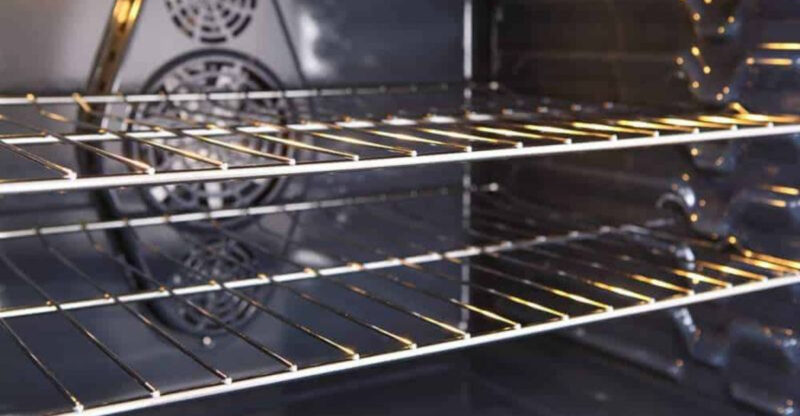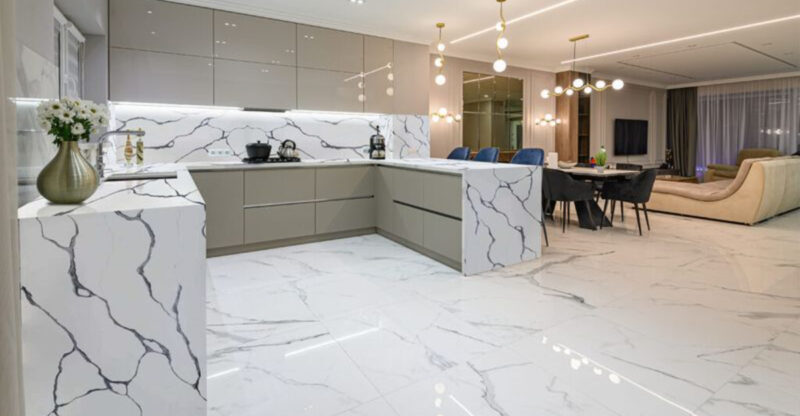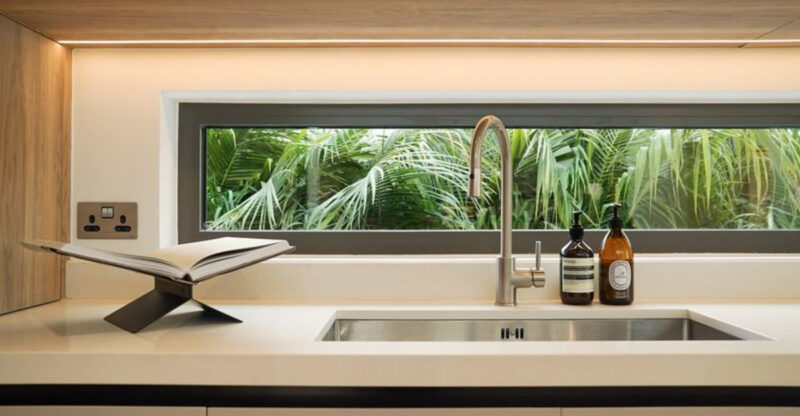The Alabama Home Fix Locals Say Actually Stops Mold
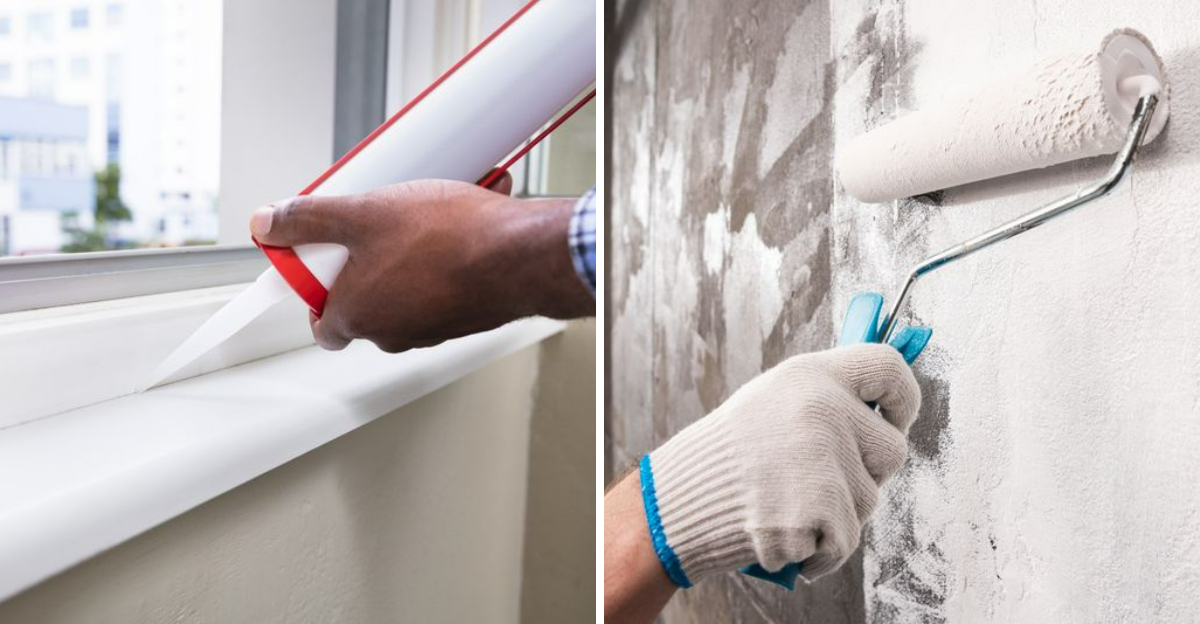
Mold growth in Alabama homes is a real problem that nobody wants to deal with. The humidity here creates the perfect environment for mold to thrive, causing health issues and damage to your property.
I’ve gathered the most effective home fixes that locals swear by to keep mold away for good.
1. Install Dehumidifiers in Problem Areas
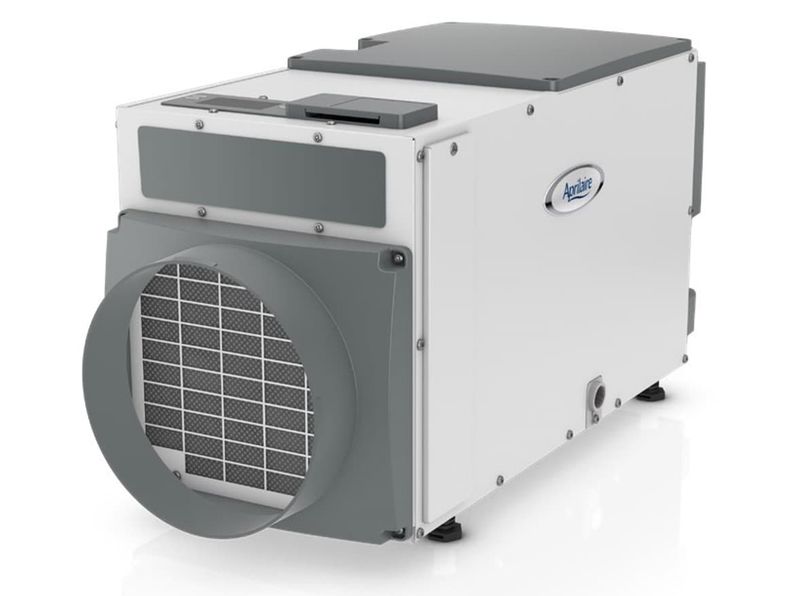
Humidity control makes all the difference when fighting mold in your home. I recommend placing dehumidifiers in your basement, bathroom, and any rooms that feel damp or stuffy.
These machines pull moisture right out of the air, keeping levels below 50 percent where mold struggles to survive. You’ll notice the air feels fresher and less heavy within days.
Empty the water collection tank regularly to keep it working efficiently. Many Alabama homeowners run their dehumidifiers year-round because our climate stays humid even in cooler months. This simple investment protects your home and your family’s health from dangerous mold spores.
2. Fix Leaky Pipes and Faucets Immediately
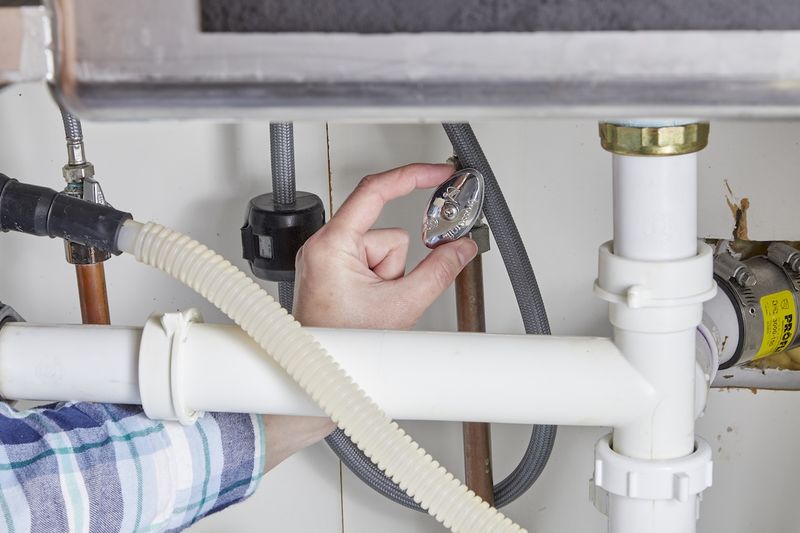
Even tiny drips create moisture problems that invite mold into your living spaces. I’ve seen hidden leaks under sinks cause massive mold colonies before homeowners even noticed the problem.
Check under your sinks, around toilets, and behind washing machines for any signs of water damage or dampness. Tighten loose connections or replace worn washers right away to stop the moisture at its source.
Sometimes pipes sweat in our humid Alabama summers, so wrap them with insulation to prevent condensation buildup. Acting fast on plumbing issues saves you from expensive mold remediation down the road. Your nose will thank you too!
3. Improve Bathroom Ventilation with Exhaust Fans
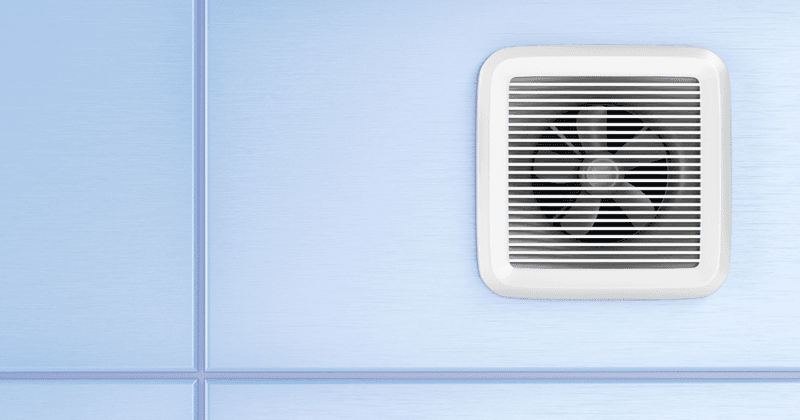
Steamy showers create a mold paradise if that moisture has nowhere to go. Running an exhaust fan during and for 30 minutes after every shower pulls humid air outside before it settles on walls and ceilings.
If your bathroom doesn’t have a fan, installing one ranks as one of the smartest upgrades you can make. Clean the fan cover monthly to maintain strong airflow and prevent dust buildup that reduces effectiveness.
Opening a window works in a pinch, but fans do a better job removing moisture quickly. Alabama’s muggy air outside won’t help much compared to mechanical ventilation that actually exhausts the steam away from your home.
4. Apply Mold-Resistant Paint to Walls
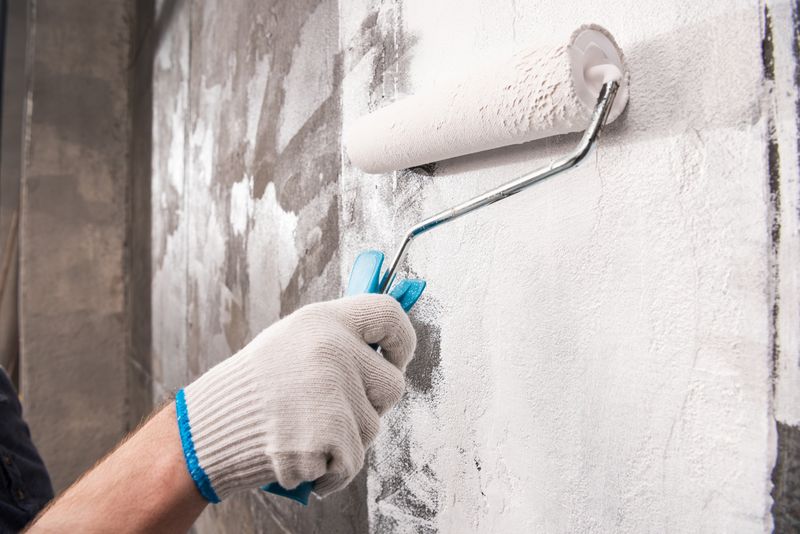
Prevention starts with the right materials on your walls and ceilings. Mold-resistant paint contains antimicrobial ingredients that stop spores from taking hold and growing on painted surfaces.
I always use this special paint in bathrooms, kitchens, laundry rooms, and basements where moisture levels run higher. The paint costs a bit more than regular options but pays for itself by preventing mold problems.
Apply two coats for maximum protection, making sure to cover every inch of the surface. This creates a barrier that mold can’t penetrate easily, especially when combined with good ventilation practices. Your walls stay cleaner and healthier for years longer than with standard paint.
5. Clean Gutters and Downspouts Regularly
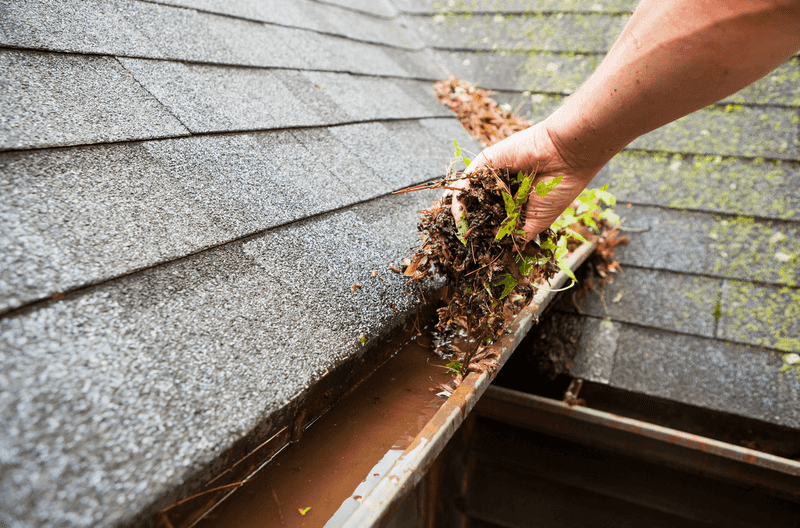
Water flowing where it shouldn’t causes major mold issues inside your home. Clogged gutters overflow and send water running down your exterior walls, seeping into cracks and creating perfect conditions for mold growth.
I clean my gutters at least twice yearly, removing leaves, twigs, and debris that block water flow. Make sure downspouts direct water at least six feet away from your foundation to prevent seepage.
Alabama’s heavy rains and falling leaves make gutter maintenance extra important here. This outside work protects your inside spaces from moisture damage and the mold that follows. It’s dirty work but absolutely worth the effort!
6. Use Moisture-Absorbing Products in Closets
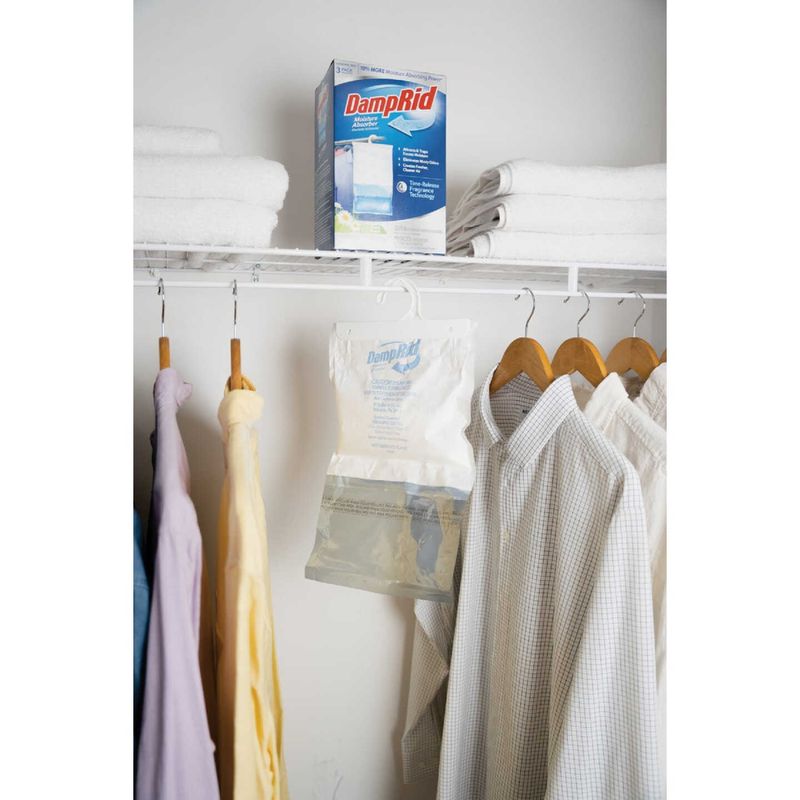
Closed spaces without airflow trap humidity and become mold hotspots fast. Placing moisture-absorbing crystals or hanging packets in your closets pulls excess dampness from the air naturally.
These products work silently and don’t need electricity, making them perfect for spaces where you can’t run a dehumidifier. Replace them when they fill with absorbed water, usually every few months depending on humidity levels.
I keep several in my bedroom closets, storage areas, and even my car during Alabama’s sticky summer months. You’ll notice musty smells disappear and clothes stay fresher longer. This cheap fix prevents mold from destroying your belongings and keeps everything smelling clean.
7. Seal Windows and Doors Against Moisture
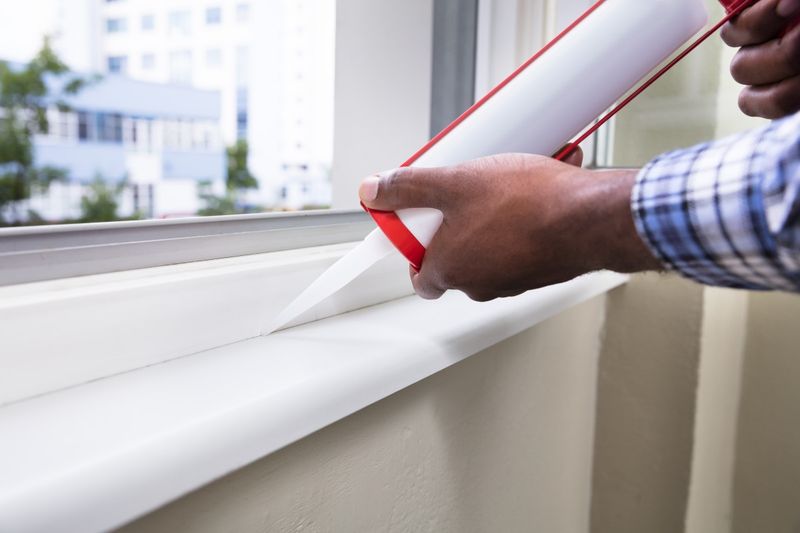
Gaps around windows and doors let humid outdoor air sneak inside constantly. I use weatherstripping and caulk to seal every crack and opening where moisture might enter my home.
Check for daylight showing through closed doors and windows, then fill those spaces with appropriate sealing materials. This keeps conditioned air inside while blocking Alabama’s muggy outdoor air from bringing extra moisture into your living spaces.
Properly sealed openings also lower your energy bills by making heating and cooling more efficient. Replace worn weatherstripping annually to maintain a tight seal. This double benefit of mold prevention and energy savings makes sealing a smart move for every homeowner.
8. Install Proper Attic Ventilation and Insulation
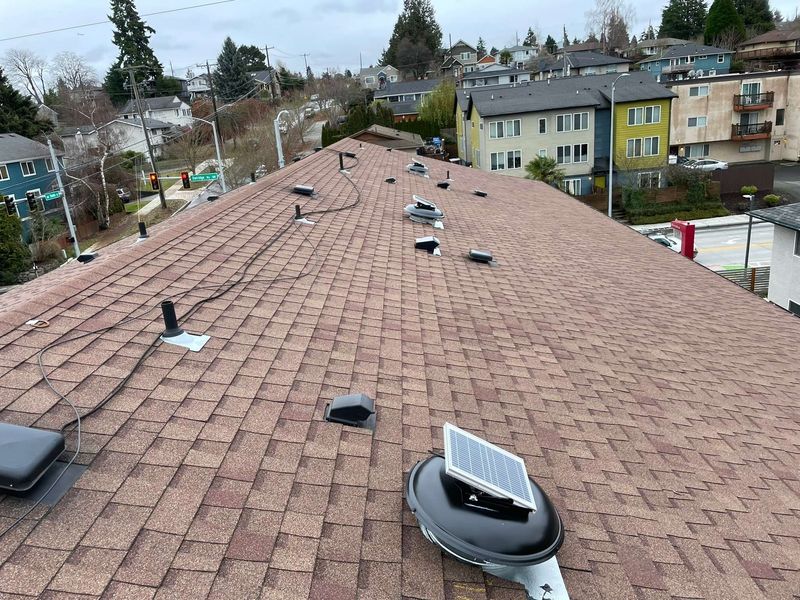
Alabama’s scorching heat combined with air conditioning creates a temperature battle in your attic that traps moisture like a sponge. Without proper airflow, that trapped humidity becomes a mold factory above your head. Ridge vents and soffit vents work together to push hot, damp air out while pulling fresh air through.
Adding the right insulation keeps your attic temperature stable and prevents condensation from forming on cool surfaces. Many Alabama families discovered their mold problems disappeared once they upgraded their attic ventilation system.
A well-ventilated attic also lowers your energy bills since your AC won’t work as hard fighting against trapped heat and moisture.
9. Use Crawl Space Encapsulation with Vapor Barriers
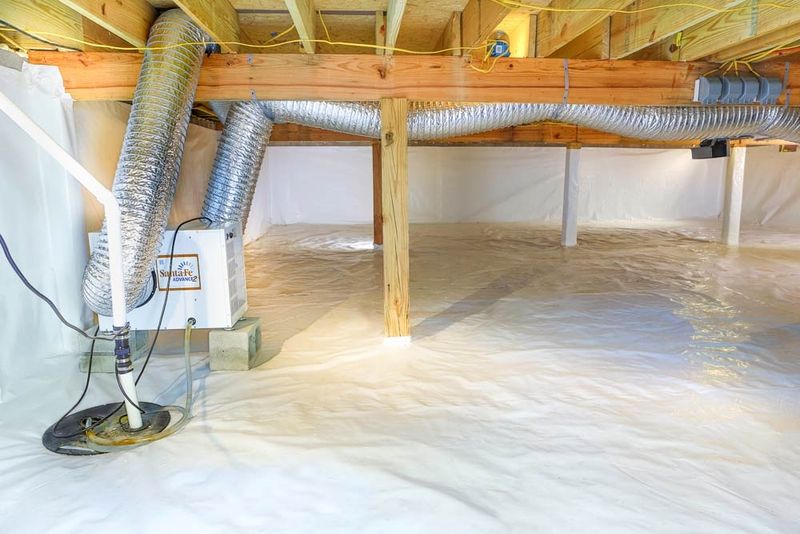
Crawl spaces beneath Alabama homes sit directly on damp ground that releases moisture constantly into your living areas above. That rising dampness seeps through floors, creating musty smells and feeding mold colonies you can’t even see. Smart homeowners started covering their crawl space dirt floors with thick plastic vapor barriers.
This simple barrier blocks ground moisture from entering your home while keeping the area dry year-round. Some folks even add a dehumidifier down there for extra protection during Alabama’s wettest months.
The difference is immediate – floors feel warmer, air smells fresher, and mold stops appearing on baseboards and lower walls throughout the house.
10. Run Ceiling Fans Year-Round to Circulate Air
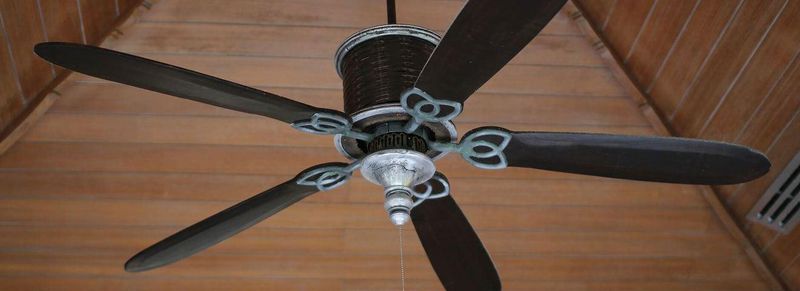
Still air is mold’s best friend, especially in corners and against exterior walls where Alabama’s humidity settles and stays put. Homeowners noticed something surprising – keeping ceiling fans running constantly prevented mold from taking hold in bedrooms and living spaces. Moving air stops moisture from sitting on surfaces long enough for mold spores to grow.
Fans should spin counterclockwise in summer to push cool air down and clockwise in winter to circulate warm air without creating a breeze.
This old-fashioned trick costs pennies per day in electricity but saves hundreds in mold removal and keeps your indoor air quality healthy for everyone breathing it.

